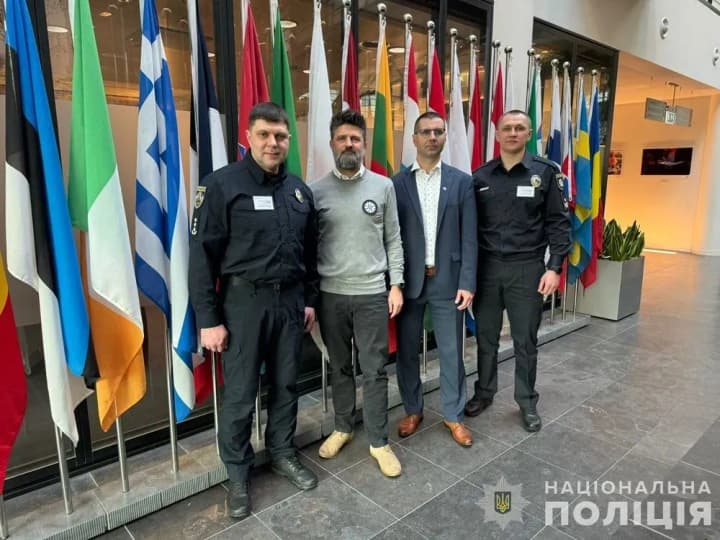Law enforcement officers have drawn up more than 2,400 suspicions of war crimes in Ukraine, half of which have already been sent to court. This was stated by the First Deputy Head of the National Police - the Head of the Main Investigation Department Maxim Tsutskiridze, who took part in the annual meeting of experts in The Hague, UNN reports with reference to the press service of the National Police.
Details
The meeting in The Hague was attended by investigators from more than 30 countries in Europe, the United States and Canada who specialize in investigating crimes against humanity, genocide and war crimes.
The National Police of Ukraine was represented by the First Deputy Head - Head of the Main Investigation Department Maksym Tsutskiridze and Head of the Department for Documentation of War Crimes of the Main Investigation Department Oleksandr Shapovalov.
Representatives of the Ukrainian delegation shared with their foreign colleagues their unique skills as police officers in investigating war crimes during the active phase of the war, using all the latest capabilities and technologies.
Ukrainian delegates spoke about the measures taken to identify war criminals:
-Recognition of criminals using systems that include a network of more than 30 billion face images obtained from open sources on the Internet;
- verification of war criminals on social media, including using the Clearview photo search tool and the Artellence social media identification tool;
- use of satellite communications and analysis of video and photo materials obtained from seized mobile terminals, video surveillance cameras, video surveillance cameras of the Safe City system, etc;
- conducting OSINT research (photo and video materials obtained from the global network);
-Using the interagency database "War Crime", which contains information on 550,000 war criminals, facts of war crimes and evidence discovered during the military aggression of the Russian Federation.
Reportedly, significant results have been achieved thanks to the technical equipment and specialized training of forensic scientists in the United States, Japan, Germany, the Netherlands, and other leading countries. Thanks to the assistance of international partners, today's forensic specialist:
- are involved as operators of modern UAVs, which is one of the priority areas for recording residential buildings and critical infrastructure destroyed by Russian missile attacks;
- create detailed 3-D models of objects and circumstances resulting from war crimes committed by the Russian Federation using a modern Z+F Imager 5016 scanner. The device allows them to do this not only quickly, but also at a distance from the area of potential danger, as Russians often deliberately shell crime scenes repeatedly when police and medics arrive to rescue people;
- establish a DNA profile of a person in an hour and a half using mobile devices "ANDE RAPID DNA 6C", often with one hundred percent efficiency. In total, police have 32 such devices: one in each region of the country, and several in the frontline areas.
The investigation of war crimes involves hundreds of thousands of inspections of crime scenes, searches, investigative experiments, interrogations and other investigative actions. Together with the use of advanced technologies, this has already resulted in more than 2.4 thousand suspicions, half of which have already been sent to court.
